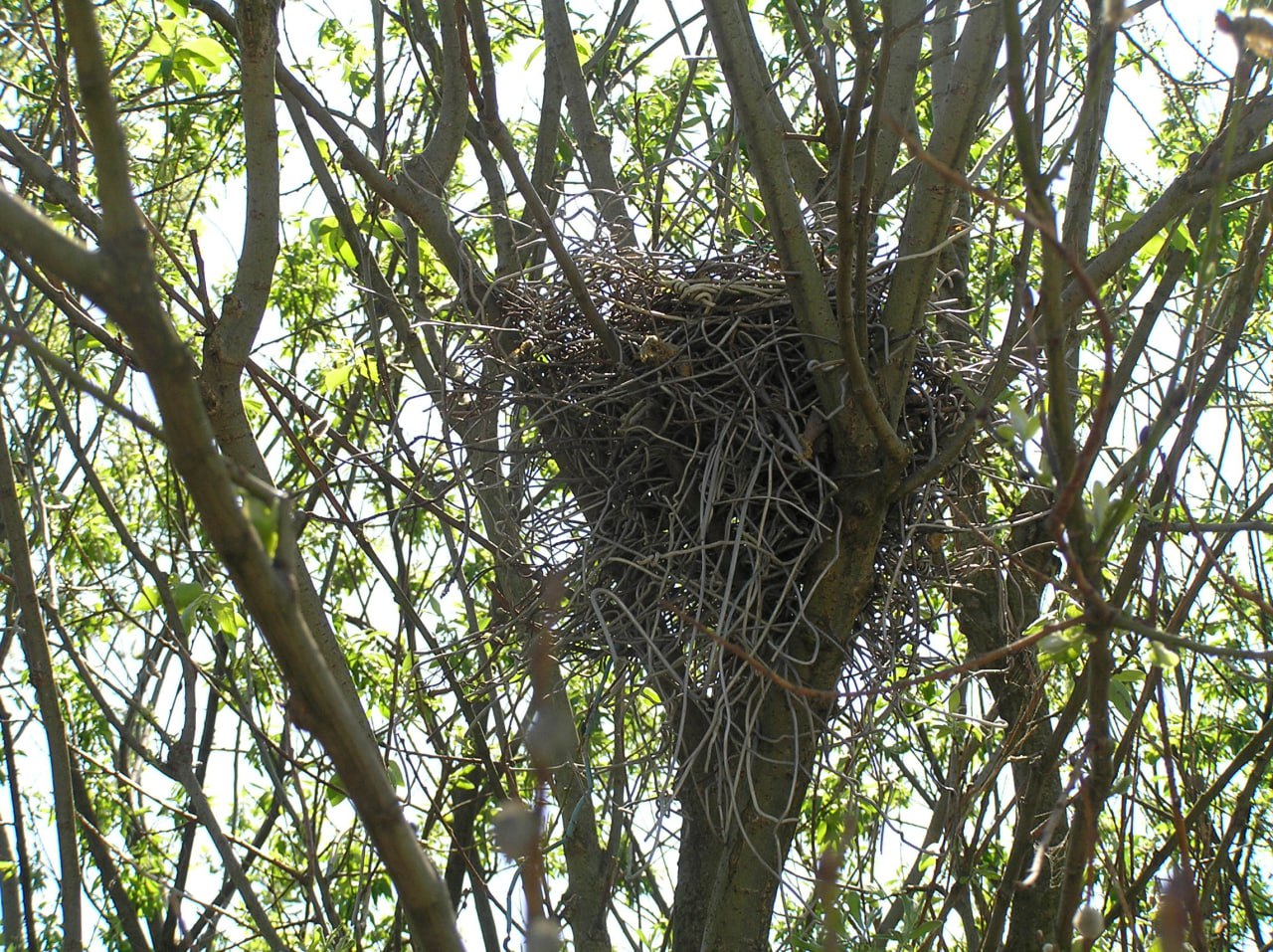IKBFU Researchers studied the impact of urbanisation on the magpie's behaviour using the Kaliningrad population as sample. The experts assessed where the birds prefer to nest and how they are affected by the main predator and competitor, the hooded crow. The researchers discovered how birds adapt to medium-rise buildings and compared the results with data from other European cities. The findings are presented in the authoritative scientific journal Ethology Ecology & Evolution.
Unlike many large cities where the downtown area is surrounded by concrete structures, Kaliningrad has preserved extensive green areas right in the heart of the city.
| Pavel Maslennikov, Associate Professor at the IKBFU Higher School of Living Systems: |
| Kaliningrad magpies are truly unusual. They are equally abundant in the centre and uptown. In other European cities the presence of magpies is greater in the central part of the city. We attribute this peculiarity to the fact that Kaliningrad city centre has more crows, which may limit the numbers of magpies. In addition, Kaliningrad magpies do not build nests on human buildings, as their counterparts in other cities do. |
After four years of monitoring, scientists found that Kaliningrad magpies do not use buildings, poles or bridges for nesting, unlike populations in Beijing, Copenhagen or Berlin. Magpies in Kaliningrad nest in trees and shrubs, more often in cherry plum and Swedish whitebeam rather than cottonwood, as in other cities.

| Egor Lykov, Supernumerary of the Ministry of Natural Resources and Environment of the Russian Federation: |
| The findings highlight the importance of city centre green spaces in maintaining biodiversity. City planners can use this data to maintain or expand green spaces that are essential for nesting birds. Assessing the interactions between magpies and hooded crows will help develop approaches to managing urban bird populations, such as implementing measures to limit crow nesting. |
The study can be used to develop urban environmental standards, e.g. the minimum amount of green spaces per unit area. The paper also emphasises the need for an individual approach to urban planning.
| Egor Lykov, Supernumerary of the Ministry of Natural Resources and Environment of the Russian Federation |
| The research helps us understand how to make cities more attractive to birds. It also shows that crows can limit magpie populations — it is important to take this into account when studying urban ecosystems. |
User profile for student
User profile for student
I give consent to the processing of the personal data provided, with Personal Data Processing Policy acquainted
Confirm consent